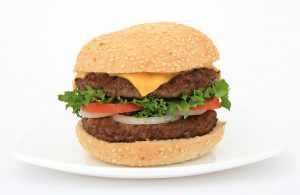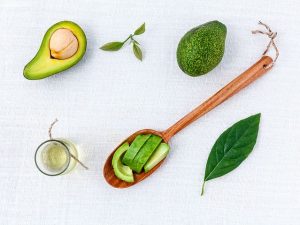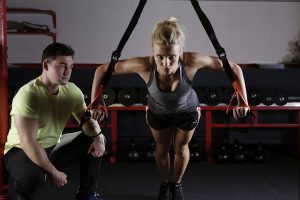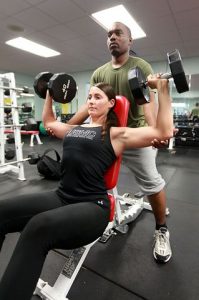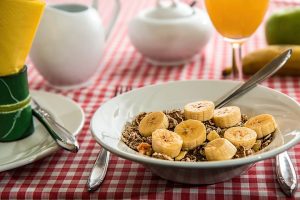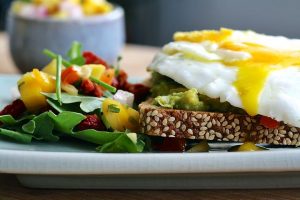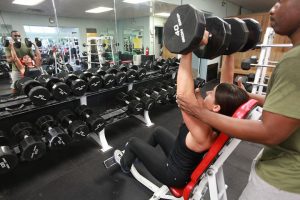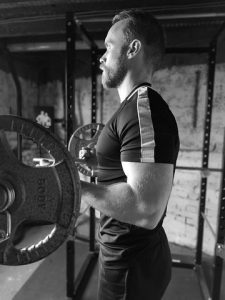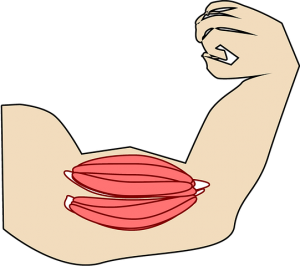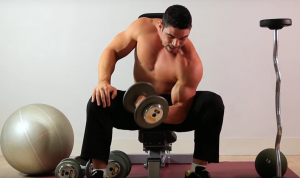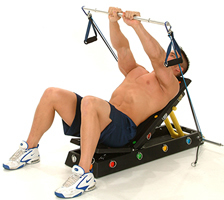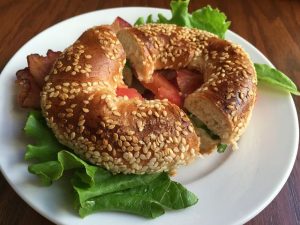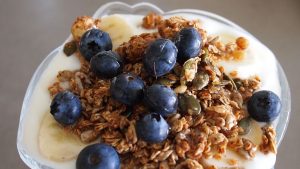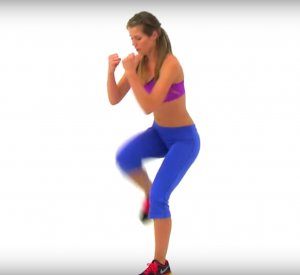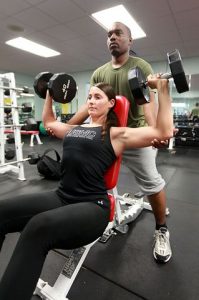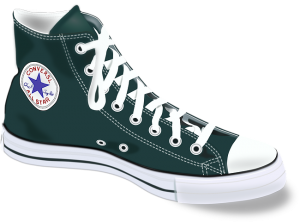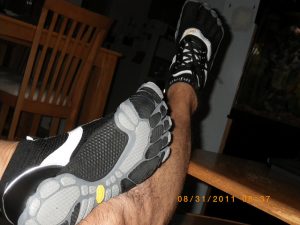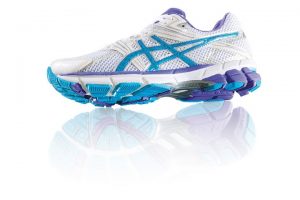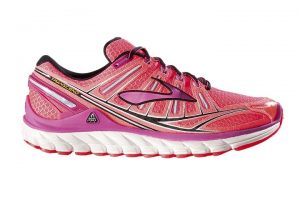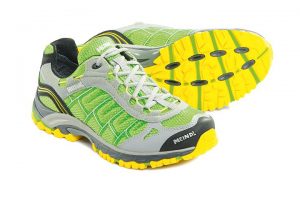Some women shy away from weight training because they don’t want to “bulk up”, but circuit training has emerged as a useful way for women to lose weight and get fit. First, the inherent flexibility of circuit training allows you to tailor your workout for toning and fat loss. That same adaptability means you can continually change up your workout to keep it interesting–which means you’ll be less likely to lose motivation to work out.
How It’s Done
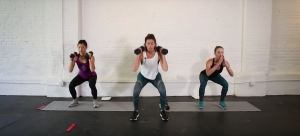
You can use your body weight or resistance equipment when circuit training. Image via Nicole Pearce/YouTube
You probably know what circuit training is, but let’s refresh our memories. In a typical free-weight workout, you go through a list of exercises, doing about three sets of each one before moving to the next. With circuit training, you can start with that same list of exercises but instead, you’ll do one set of one exercise and then immediately move to the next one and the next, resting no more than 15 seconds between each exercise. The sets are timed, too, instead of consisting of a certain number of reps. You just do as many reps as you can within the allotted time–anywhere from 30 seconds up to 1 minute. Once you’ve cycled through the complete circuit once, you start over, with the goal of going through the entire circuit 2 to 3 times. The number of exercises in a circuit is up to you. Beginners might start out with as few as 4 or 5 different exercises, but there can be as many as 12 or more different exercises in a circuit. If you attempt more than 6 exercises, though, you’ll probably only have the time and energy to go through the entire circuit once or twice.
Examples of Circuit Routines
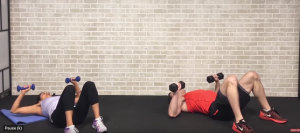
Just about any workout routine can be done as a circuit. Image via HASfit/YouTube
The number of different exercise combinations you can use for circuit training routines are endless. You can group upper body exercises together one day, then do a lower body circuit on a different day. Or, do a couple of full-body days, doing different exercises each day. For example, you might try crunches, rows, machine chest press and dumbbell flys one day, then squats, lunges, leg curls and leg press the next day. A useful feature of circuit training is that you can incorporate aerobic exercises in with free weight and machine exercises, jogging in place or climbing on the stair-stepper for a set (30 to 60 seconds) in between the resistance sets. This adds a fun dimension to your workout, and it’s nice to be able to get your cardio done at the same time as your resistance workout.
Circuit Training Especially for Women

Women can tailor their circuit training to focus on specific fitness goals, and they love that circuits accomplish cardio and resistance training at the same time.
Anyone–men or women–can certainly benefit from circuit training, but the ease in which each person can adapt a circuit for their fitness goals makes it especially useful for women. If toning and fat loss are the main goals, circuit training can handily accomplish them with small adjustments to the routine. Lighter weights and longer set times will burn more fat and tone muscle without building it up excessively. Also, taking shorter rest times between sets will keep your heart rate up for more effective fat burning. The routines themselves can be tailored to concentrate on areas you want to work on most, like toning your abs, working on definition in your calf muscles, or tightening up the backs of your arms.
Circuit Training Equipment
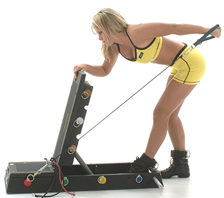
The elements of numerous exercises and being able to quickly move from one to another makes the TargitFit Trainer perfect for women’s circuit training.
If you belong to a health club, you’ve already got some quality circuit training equipment at your disposal. Your gym might even offer circuit training classes you can attend. But if you prefer working out at home, your local sporting goods store will have a selection of equipment that can be used for circuit training at home. Items like resistance bands, dumbbells, and fitness balls are all basic items that can be purchased fairly inexpensively. Or, you can have access to over 115 gym-quality exercises with one piece of equipment with the TargitFit Trainer. The workout gear you choose depends on your budget and your preferences for exercise.

